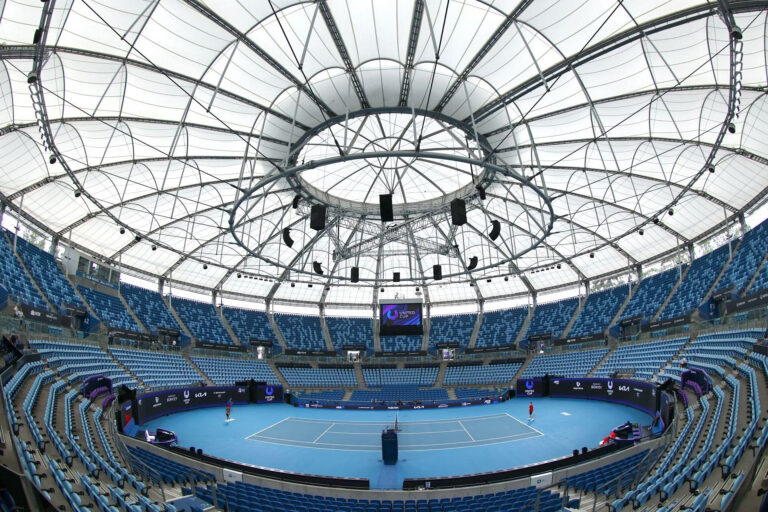What is Protected Ranking (PR) in Tennis? Explained in Simple Language

Tennis is a sport known for its competitive nature, but what happens when a player faces a significant setback, such as a long-term injury, illness, or maternity leave? In such cases, the concept of “Protected Ranking” (PR) comes into play, providing a lifeline for players seeking a smooth return to the competitive circuit. This article delves into the intricacies of protected ranking, exploring its definition, calculation methods, usage limits, and its vital role in facilitating comebacks, using the example of tennis icon Rafael Nadal.
What is Protected Ranking?
Protected Ranking, often referred to as PR, is a special provision within the tennis world designed to support players who have been sidelined due to prolonged injury, illness, or maternity leave. It allows these players to maintain a ranking that reflects their pre-hiatus performance, aiding their re-entry into tournaments without the need to start from scratch or rely on wildcard invitations.
Eligibility and Calculation Methods:
To be eligible for a protected ranking, a player must be out of action for a minimum of six months. For the ATP Tour (men), the protected ranking is calculated based on the player’s average ranking over three months following the injury. On the WTA Tour (women), the protected ranking is equivalent to the player’s ranking at the time of their injury. Applying for a protected ranking typically involves submitting a written petition to the ATP or WTA CEO.
Purpose and Usage Limits:
The primary purpose of the protected ranking is to ease players back into competition after a prolonged absence. The usage of protected ranking comes with certain limits:
- ATP Tour (Men): It can be utilized for the first nine tournaments or months following the player’s comeback, whichever comes first. If the player was sidelined for more than a year, the count extends to 12 tournaments or months.
- WTA Tour (Women): Players can use protected ranking for eight tournaments in a single season if their absence is between six months and one year. For absences lasting over a year, the usage extends to 12 events in a year.
Exemption from Wildcards and Seeding:
One noteworthy aspect is that if a player is awarded a wildcard or enters a tournament based on their current ranking, it does not count toward the protected ranking exemption. Furthermore, protected ranking cannot be utilized for seeding purposes.
Rafael Nadal’s Comeback and the Australian Open:
A recent example that highlights the significance of protected ranking is Rafael Nadal’s comeback. After spending nearly the entirety of 2023 recovering from a serious hip injury, Nadal will use his protected ranking of No. 11 to secure a direct entry into the 2024 Australian Open. Despite his standard ranking plummeting outside the top 600, the protected ranking ensures his participation without the need for a wildcard. This is particularly crucial as Nadal would not be seeded in the tournament based on his current ranking.
Nadal using protected ranking for the Australian Open so no wild card needed there.
More players using PR in the Men’s Singles list there:
Marin Cilic (#21)
Denis Shapovalov (#27)
Milos Raonic (#33)
Soonwoo Kwon (#80)
Jiri Vesely (#94)
And… Attila Balazs (#101).— José Morgado (@josemorgado) December 4, 2023
Conclusion:
In the world of tennis, where rankings play a pivotal role in tournament entry and seeding, the concept of protected ranking emerges as a valuable tool for players facing extended breaks due to health-related reasons. It not only acknowledges the challenges these athletes encounter but also provides a structured and fair pathway for their return to the competitive stage. As we witness the likes of Rafael Nadal and others utilizing protected ranking to reclaim their spots in tournaments, it becomes evident that this provision serves as a bridge, allowing players to make a triumphant comeback and continue contributing to the sport they love.




